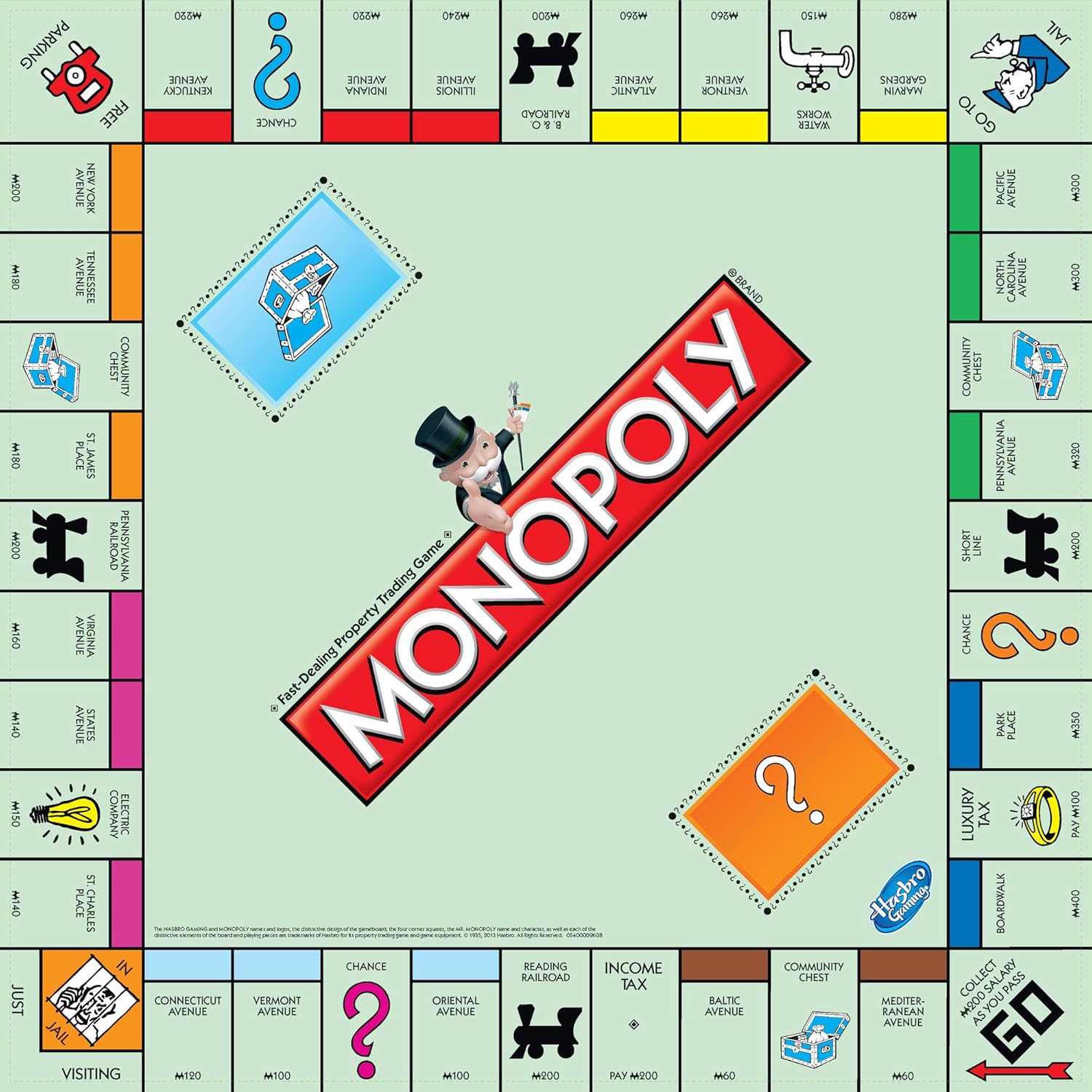
1. Chocolate Chip Cookies
In 1933, Ruth Wakefield was making her typical "butter drop do" cookie she needed baker's chocolate but didn't have any. However, she decided to substitute with Nestle's semi-sweet chocolate chips instead. Normally, the baker's chocolate would have melted into the cookie but Nestle's semi-sweet chocolate chips did not. Nestle was so impressed with how her cookies turned out, they made a deal with Ms.Wakefield stating that they would provide her with the chocolate chips if they could print her recipe. Hence, the chocolate chip cookies became a favorite in Ms.Wakefield's home cooking restaurant, Toll House Inn located in Whitman, Massachusetts. Even today, on the package of Nestle semi-sweet chocolate chips the Toll House recipe still remains.
(2, 3,4)

2. Twinkies
Oh yes, the infamous Twinkies, it all started back in 1930 when a official of Continental Baking Co. realized that he was only utilizing the shortcake pans when he had to make "strawberry filled 'Little Short Cake Fingers'"(5). To make the most use of out of his shortcake pans, he tried filling his cakes with a "banana-flavored créme"(5). He decided to name these delicacies "Twinkies" because he was inspired by a billboard advertising "Twinkle Toe Shoes"(5). Interestingly enough, he only sold them for 5 cents for a pack of two to make it easy for workers suffering from the economic depression to afford without emptying their pockets. However, Twinkies as we know today are filled with vanilla créme and not banana créme. In WWII, switched from a banana filling to a vanilla filling because there was banana shortage and voila! a confectionery creation that has lasted since 1930 (literally, Twinkies have no shelf life).

3. Monopoly
Indeed Monopoly, the game that we stay up until 1 AM to try to finish but just end up giving up. Charles Darrow was desperate for money and had lost his job as an engineer. He created Monopoly, a game where players compete for who would end up the richest and dominate the real estate. In a time of economic depression, Monopoly was one of the few ways people could relieve stress and temporarily live a fantasy of being in control of their financial possessions. There are accusations that Monopoly isn't entirely original and that Darrow borrowed this idea from the "Landlord's Game" but gave it more of a "robber baron's patina" and changed the names of the properties to streets in Atlanta city(2). In short, Darrow made minor tweaks to the original game and made the game more capitalistic. Darrow tried to sell his game to Parker Brothers but they rejected him claiming that his game had many design errors. However, after Darrow sold 5,000 handmade sets in a department store in Philadelphia and the Parker Brothers changed their minds.
As discussed in class and in the NY times article, the Great Depression wasn't terrible for everyone. A stock market crash or wage drop can impact every individual in a different way. For some, the depression acted as a stimulus to create something out of the ordinary or to relieve stress from the economic disasters they were faced with. For all three of these inventions and many more during the Great Depression, they emerged as a result of pure coincidence and to even think that these inventions are so present in our lives today would probably blow the inventor's minds. For times like war and depression, people weren't always influenced by the trauma and pressure in a negative way. For some creative minds, these times served as an outlet to express themselves.
Sources:
1. http://roomfordebate.blogs.nytimes.com/2009/03/13/why-bad-times-nurture-new-inventions/?_r=0
2. http://www.bloomberg.com/ss/08/12/1205_sb_necessity/6.htm
3. http://facts-about-chocolate.com/butter-drop-do-cookie-recipe/
4. http://www.women-inventors.com/Ruth-Wakefield.asp
5. Lessons from the Great Depression for Dummies, Steve Wiegand
6. http://mentalfloss.com/article/51697/10-twinkie-facts-great-return
7. http://inventors.about.com/library/weekly/aa121997.htm
This comment has been removed by the author.
ReplyDeleteYou can expand on your topic by talking more about the different ways in which people expressed themselves during the Great Depression. You can talk about the arts and the growth in popularity that jazz music had during the 1930's. In addition, you could also mention authors such as John Steinbeck, and the messages they conveyed in their books about the Great Depression.
ReplyDeleteLink: http://depts.washington.edu/depress/culture_arts.shtml
I like how you decided to focus on the positive parts of the great depression. The invention of these things are very relatable because these are things we have today and all enjoy. Have the twinkies changed since they were created in 1930?
ReplyDeleteI found it very interesting how despite poor economic conditions, entrepreneurs were able to take advantage of the situation and create successful and enduring inventions that are loved to this day. Another interesting invention of the time was the car radio; with the sudden widespread usage of the Ford Model T because of the assembly line, the Galvin brothers installed the first car radio and it instantly became popular. In 1933, Ford began installing radios in his factory, and Galvin Manufacturing came to be known as Motorola.
ReplyDeletehttp://www.bloomberg.com/ss/08/12/1205_sb_necessity/3.htm